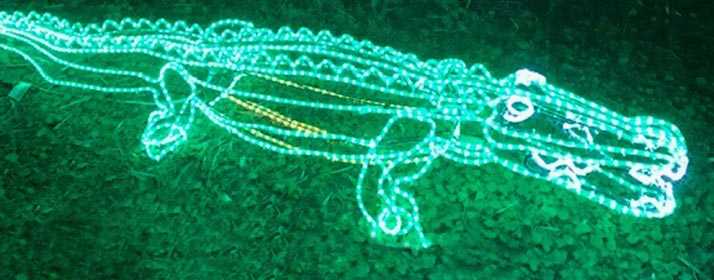
For two years, photographer and bird watcher Dan Weisz has kept tabs on a Great Horned Owl’s nest in a midtown neighborhood.
The retired educator learned from speaking with neighbors that the owls had been coming to a nest in a tall Aleppo Pine tree for two decades, raising generation after generation each year.
At one point in the past, Tucson Electric Power had installed an owl box to help the birds stay safe as part of TEP’s Raptor Protection Program, which safeguards electrical equipment to protect large birds such as Harris’ Hawks and Great Horned Owls.
Over the years, the neighbors reported, it was falling apart.
Within days after hearing about the concerns, TEP came out to assess the site.
“I left for lunch and by the time I returned, the TEP crew had not only arrived, but they had taken down the broken pieces and had strategized about replacing the nest box with a newer model,” Weisz reported. Plans were made to finish the job the following week.
“Imagine my surprise when I received a text on Monday indicating that the new nest box had been installed!” he recalled. “Great Horned Owls will begin their nesting season within the next month or so, so the timing was critical.”
In a thank you note, Weisz applauded the efficiency and professionalism of the team. “Your consideration for that one owl family and for that neighborhood shows how much you and TEP cares about the community. With your support, there should be a new family of little owls this coming spring,” he wrote.
Construction Supervisor Pete Grijalva said he was proud of the work as well. “Any time our line crews can use their creativity and their craft to improve the lives of these remarkable birds, we’re thrilled to be able to assist,” Grijalva said.
Here’s how you can do your part for raptors:
Immediately report any raptor nest sites or injured raptors you may see.
- Send a message to TEP Customer Care
- Call TEP Customer Care at 520-623-7711, or
- Call Arizona Game and Fish at 520-628-5376, Ext. 4446.
Calls to TEP will result in an immediate referral to a TEP employee and a University of Arizona biology consultant, who will do a site assessment to identify raptor activity and potential risks to raptor nesting and roosting areas. Every effort is made to respond within 48 hours. TEP crews will make appropriate modifications to the energized equipment to reduce risk to wildlife.






